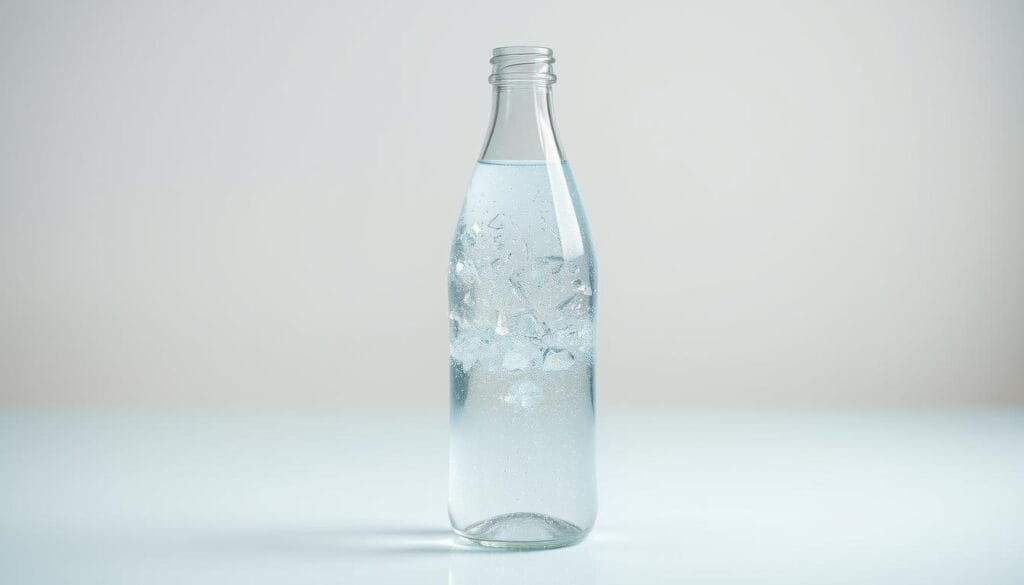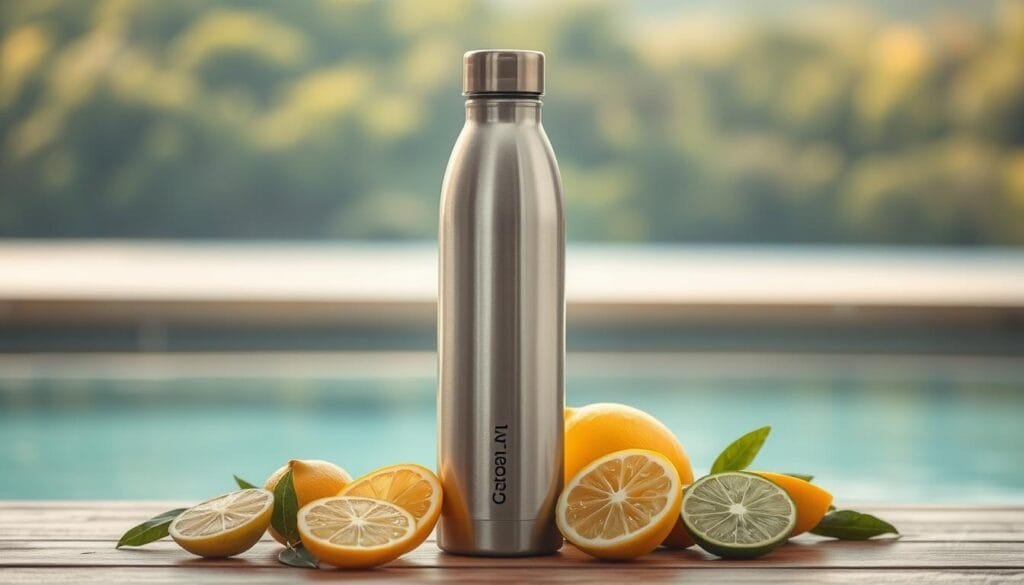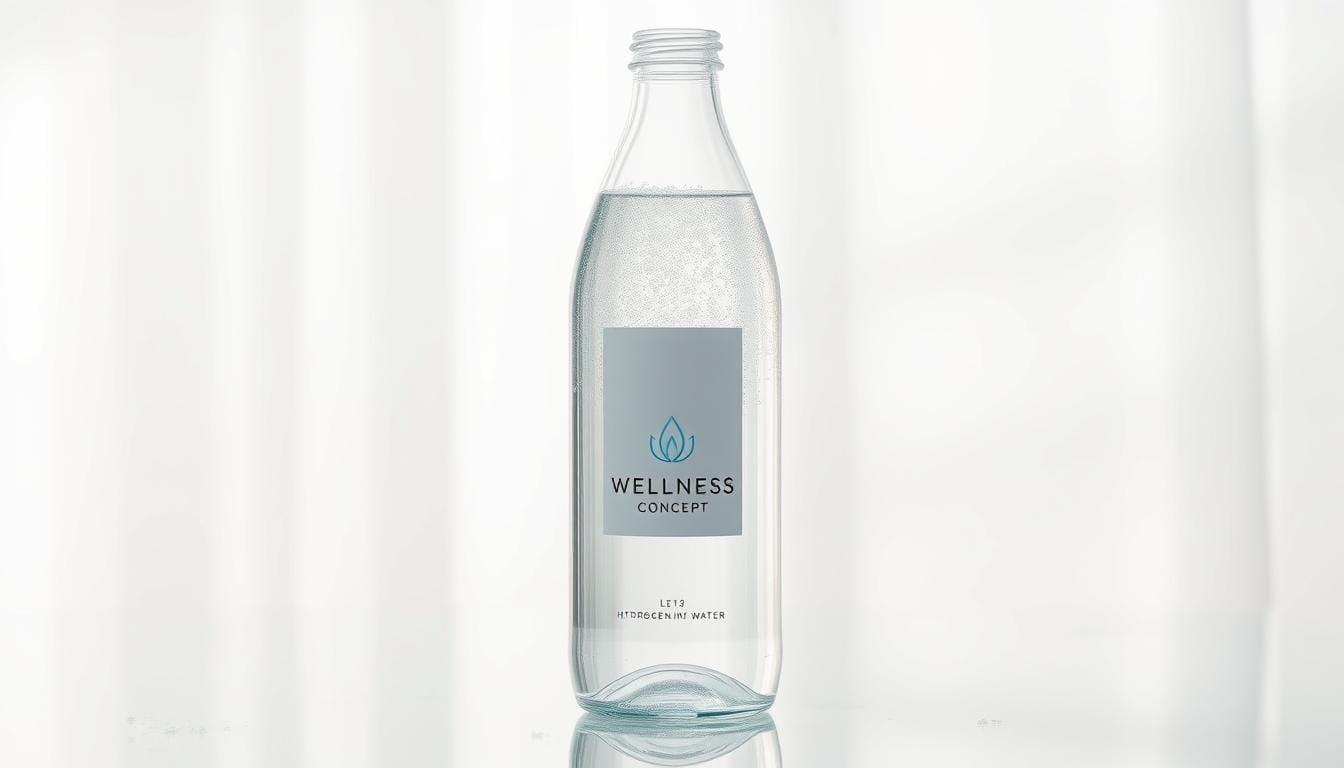Currently Empty: RM0.00
Can a simple sip change how you feel about everyday drinking? Wellness Concept invites Malaysians to explore that question with an honest look at hydrogen water and what people notice when they try it.
Many describe hydrogen-rich water as clean, crisp, and subtly smooth. Others say there is little to no change from regular water. Both views matter.
It helps to know that molecular hydrogen is odorless and tasteless, so perceived differences often come from dissolved gases, base quality, and the design of each bottle. Athletes and wellness fans often report a silky mouthfeel and a refreshing aftersip.
Wellness Concept offers guidance for shoppers in Malaysia. They can ask for recommendations via WhatsApp at +60123822655 during business hours: Monday–Friday 9:30 am–6:30 pm and Saturday–Sunday 10 am–5 pm. This guide focuses on flavor and mouthfeel, product quality, and price considerations so readers can shop with confidence before adding items to a cart or checking sale and regular price details.
Key Takeaways
- Perception of flavor varies; some notice a silky sip, others do not.
- Molecular hydrogen is odorless and tasteless; differences often come from base quality and dissolved gases.
- Build quality, storage, and container material affect the drinking experience.
- Wellness Concept can advise Malaysian buyers via WhatsApp at +60123822655 during listed hours.
- Focus on product quality and unit price per configuration when comparing sale or regular price.
The taste of hydrogen water, explained simply
The earliest impression is usually a clearer, almost silky sip. Many people report a light, crisp mouthfeel on first try. Others notice no change from regular water. Both reactions are normal.
Perception comes from how taste buds and smell link to texture and dissolved gases. Molecular hydrogen has no smell or flavor, so any shift in flavor or texture stems from the base content, filtration, and tiny gas bubbles.
- First sips feel clean and subtly smooth; some describe a faint sweetness from the base profile.
- Swirl and sip right after generation for the freshest mouthfeel; dissolved gas levels settle over time.
- Chilled versus room temperature affects perception, so try both to find a preference.
- Use glass or stainless containers and fresh filters for the cleanest result; this often matters more than chasing high specs.
For simple local advice or to check sale price, unit price, or regular price in MYR (or usd examples), Malaysians can WhatsApp Wellness Concept at +60123822655 during business hours for quick guidance and product suggestions.
hydrogen water bottle taste
First impressions often point to a smoother mouthfeel rather than a bold new flavor.
Many people describe a silky texture and a lighter profile. Some say the sip feels slightly sweeter, though the change is mild.

“Users often notice tiny bubbles that add soft texture without the sting of carbonation.”
Why do experiences differ? Source supply, production method, and personal sensitivity shape what each person perceives. Electrolysis devices and tablet systems can leave different dissolved gas balances.
- Mouthfeel vs flavor: small gas bubbles give a soft effervescence, not carbonation.
- Higher levels: concentrations above about 1.6 ppm may feel lighter or a touch sweeter to some.
- Practical test: A/B taste the same base with and without added gas to spot real differences.
| Aspect | Typical report | What affects it |
|---|---|---|
| Texture | Silky, soft bubbles | Production method, dissolved gas |
| Flavor shift | Lightly sweeter for some | Minerals, base source, levels |
| Perception | Varies by person | Individual sensitivity, filtration |
Tip: In areas with hard or mineral-forward supply, a well-filtered unit can provide a cleaner baseline many prefer.
For local advice on models, maintenance, sale price or unit price per configuration, Malaysians can WhatsApp Wellness Concept at +60123822655 during business hours for tailored guidance.
The science behind taste and hydrogen
When H2 is present, most of what people notice comes from shifts in dissolved gases and mineral balance.
Molecular hydrogen is odorless and tasteless. Any perceived change in flavor usually stems from the way added gas shifts other dissolved gases, like oxygen and carbon dioxide.
What changes when gas is added?
Adding hydrogen gas can lower dissolved CO2. That often makes the liquid feel lighter and smoother on the palate.
Filtration and mineral content also shape the final profile. A cleaner baseline often reads as a purer, softer sip.
Lab evidence and practical notes
A controlled 2018 study found no clear taste difference between enriched and placebo samples, which matches many consumer reports.
“Perception varies; physics and chemistry in the bottle drive small differences more than the molecule itself.”
- Proper production and used hydrogen generation methods affect dissolved gas composition and mouthfeel.
- Well-made units should not produce metallic notes or carbonation-like acidity.
- Glass or stainless steel helps preserve the intended flavor and prevents outside taint.
For science-backed product selection and price guidance (sale, sale price, regular price or usd examples), Malaysians can WhatsApp Wellness Concept at +60123822655 during open hours to compare units and price per configuration.
Factors that shape hydrogen water’s flavor and texture
Small changes in source minerals and handling often explain why two samples can feel quite different on the palate.
Base mineral content and source quality
Mineral content drives most of the perceived profile. Hard supply with high minerals can add faint notes. A clean, filtered start gives a neutral canvas so subtle mouthfeel shows through.
Concentration and the freshness window
Levels of dissolved gas influence perception. Higher hydrogen can feel lighter or a touch sweeter to some. Many users report the best mouthfeel within 4–8 hours after opening when the sample is kept cool and sealed.
Storage, materials, and production
Glass or stainless steel avoids off-notes that reactive plastics sometimes add. Quality production systems with SPE/PEM membranes separate gases and cut byproducts, supporting a purer result.
“Start with good base liquid, chill, then drink promptly for the clearest experience.”
- Practical tips: use filtered base water, chill slightly, and store sealed in glass or steel.
- Check specs and independent testing when comparing models and price or unit price per configuration.
For Malaysia-specific picks, sale price checks, or unit price comparisons in MYR or usd, WhatsApp Wellness Concept at +60123822655 during business hours for tailored advice.
Hydrogen water vs regular water: flavor, texture, and perceived benefits
Side-by-side sips often reveal that any change is more about texture than a new flavor note.
Studies are mixed; a 2018 trial found no clear difference between hydrogen-rich water and placebo. Real-world reports vary: many people feel a smoother, cleaner mouthfeel while others say it matches their regular water.
What customers and labs say
- Users often describe a lighter profile at higher concentration, especially with low-mineral supply.
- Tiny visible bubbles may appear, but this is not sparkling and lacks the acidic bite of carbonation.
- Metallic notes usually indicate a material or process issue, not a property of the gas itself.
For Malaysia-specific comparisons, model advice, or to check sale price and regular price in MYR or usd, Malaysians can WhatsApp Wellness Concept at +60123822655 during business hours.
How to choose and enjoy hydrogen water bottles in Malaysia
Pick a unit that proves performance on paper and in a quick at-home sip test.
What to look for
- Verified levels (ppm) and third-party tests to confirm claims.
- Reliable SPE/PEM production systems that vent byproducts from the drinking chamber.
- Food-grade glass or stainless interiors to preserve a clean profile.

When and how to drink for best results
Generate then drink within a few hours for the smoothest mouthfeel. Chill and keep the unit sealed to extend freshness.
Avoid reactive plastics and check seals. Tight tolerances help retain dissolved gas and block ambient odors.
Simple upkeep and buying tips
Rinse regularly, replace filters or membranes on schedule, and look for clear documentation on unit performance.
“Test models at home across temperatures to find the profile they like best.”
For Malaysia-focused advice, price checks (sale price or price per unit), and personalized picks, WhatsApp Wellness Concept at +60123822655. Open Mon–Fri 9:30 am–6:30 pm and Sat–Sun 10 am–5 pm for guided help before adding to cart.
Conclusion
Choosing a unit is as much about convenience and budget as it is about subtle sensory shifts. The gas itself is odorless and tasteless, so any change comes from dissolved gases, minerals, and production quality.
Many people report a smoother mouthfeel and a cleaner flavor; others notice no clear difference. Best results appear shortly after generation, especially when kept cool in glass or stainless steel.
Practical tip: try a simple at-home comparison to see if the shift matters for daily drinking. Match expectations to price, from regular price to any sale or sale price offers.
For final guidance or to pick a water bottle and compare unit price per model, Malaysians can WhatsApp Wellness Concept at +60123822655. Open Mon–Fri 9:30 am–6:30 pm and Sat–Sun 10 am–5 pm — then add the right unit to cart with confidence.
FAQ
What does the product feel like on the first sip?
People often describe the first sip as clean and crisp with a subtle smoothness. Some notice a silkier mouthfeel than standard drinking liquids, while others report no obvious difference.
Why do experiences differ between users?
Differences come from source quality, production method, and individual sensitivity. Mineral content, dissolved gases, and filtration all influence perception, so two people can report different impressions from the same unit.
Does it have a flavor or odor on its own?
The active gas is odorless and tasteless. Any perceived change usually comes from dissolved gases, minerals, or container materials rather than the gas itself.
How do tiny bubbles affect mouthfeel compared with carbonation?
Tiny bubbles may create a lighter texture but not the fizz associated with carbonated drinks. The effect is more like a subtle lift than strong effervescence.
How much do mineral content and base source matter?
They matter a great deal. Hard water brings distinct notes; purified sources yield a neutral profile. Minerals can add slight sweetness or minerality that some people prefer.
What role does concentration (ppm) play in perception?
Higher dissolved levels within verified ranges can enhance the perceived freshness, especially soon after opening. Levels decline over time, so immediate consumption often gives the clearest profile.
How should it be stored to keep the clean profile?
Store in cool temperatures and use non-reactive containers like glass or food-grade stainless steel. Avoid heat, direct sunlight, and long storage to preserve the original character.
Are there proven taste differences versus regular drinking options?
Many users and some studies report subtle differences in smoothness and mouthfeel, though objective flavor changes are usually minor and linked to source and handling rather than the added gas itself.
What should buyers look for when choosing a unit in Malaysia?
Look for verified concentration measurements, reliable membranes or generators, durable materials, and clear storage guidance. Price-per-unit and warranty information are also helpful when comparing models.
When is the best time to drink for optimal profile?
For the freshest experience, drink shortly after opening. Cooler serving temperatures and avoiding prolonged exposure to air help maintain the intended character.
Where can customers get product help or ask questions?
Contact Wellness Concept via WhatsApp at +60123822655. Support hours are Mon–Fri 9:30 am–6:30 pm and Sat–Sun 10 am–5 pm for product guidance and ordering details.


